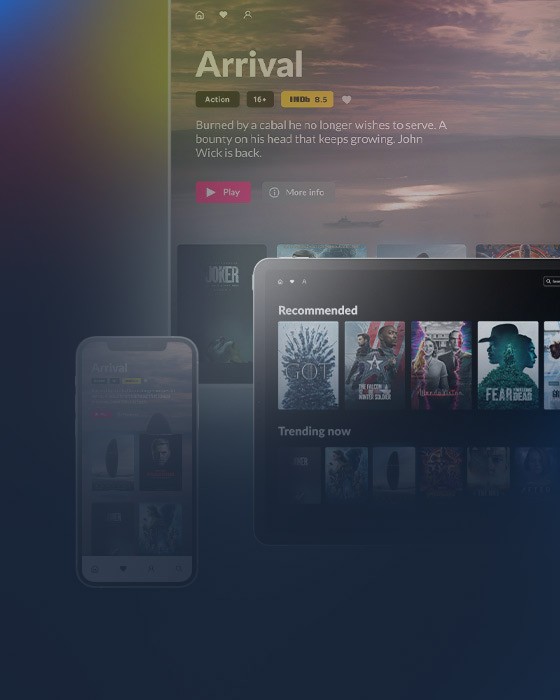A brief trailer
of our client’s quest to refresh ad canons
Starring ad vendor
The protagonist is a major ad startup vendor, focusing on leveraging the AI and data-driven approach to help a brand’s voice stand out from the competition and increase audience reach and ads’ relevance, which becomes notably challenging with the phase-out of cookies.
Featuring partners
So, who are the interested AdTech parties?
The company organizes and optimizes mutually profitable collaborations between premium publishers and brands across diverse industries.



















